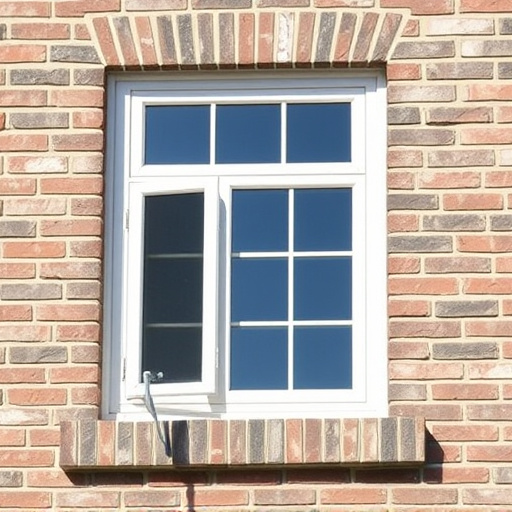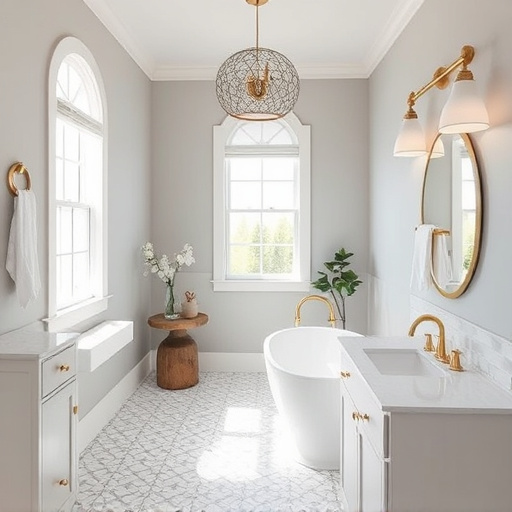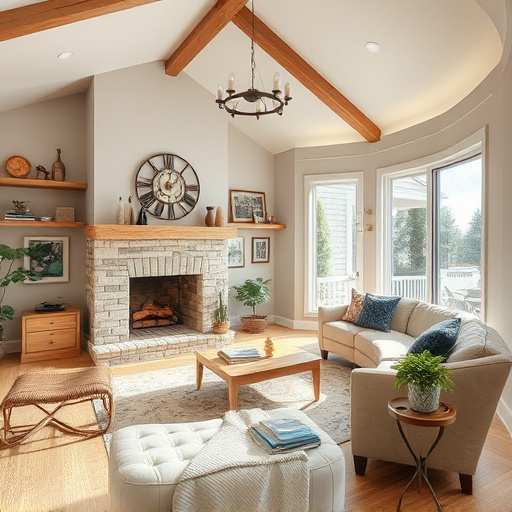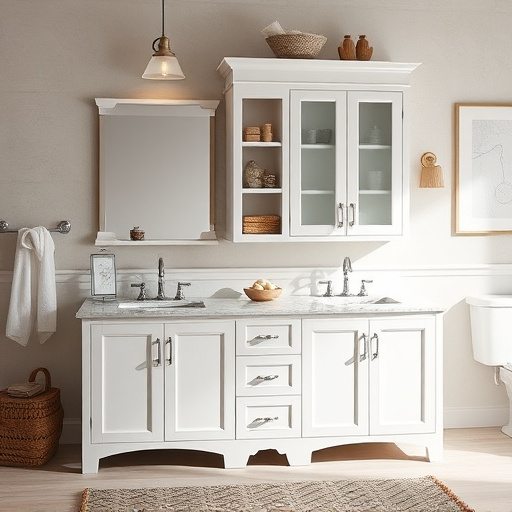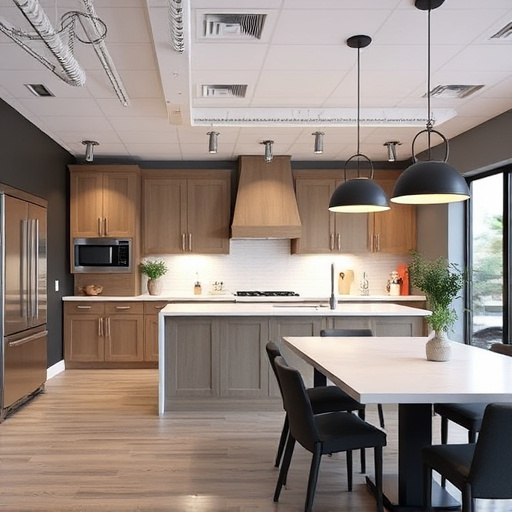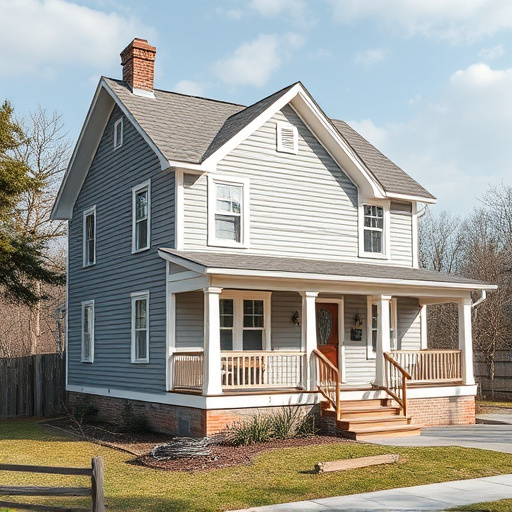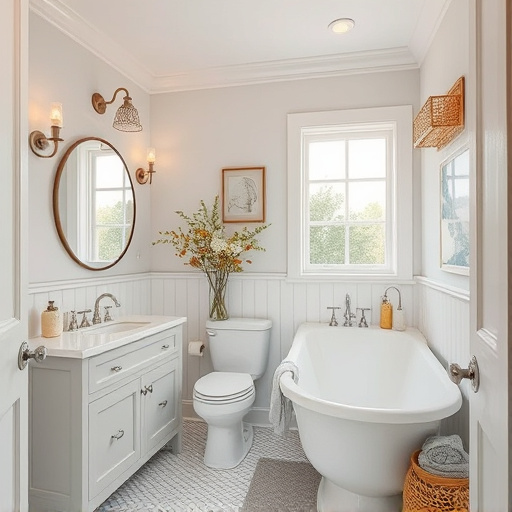For cohesive countertop design, use complementary materials and maintain aesthetic consistency throughout spaces. Balance aesthetics with functionality based on space needs, household size, and kitchen usage. Layout should account for tasks and access to avoid clutter, enhancing both beauty and practicality.
As first-time buyers, selecting the perfect countertop design can feel overwhelming. To avoid common mistakes, this guide highlights crucial aspects to consider. From material mismatches that disrupt visual harmony to overlooking functionality, which impacts usability, every detail matters. Learn how balancing aesthetics and practicality ensures a durable and beautiful countertop. Discover tips on choosing complementary materials, optimizing space, and arranging elements for a seamless, long-lasting design. Elevate your kitchen with informed decisions – avoid these pitfalls and embrace a countertop that’s both stunning and functional.
- Avoid Material Mismatches: Stick to Complementary Countertop Materials
- Don't Overlook Functionality: Ensure Adequate Space and Ease of Use
- Spacing and Proximity: Balance Aesthetics with Practicality for Longevity
Avoid Material Mismatches: Stick to Complementary Countertop Materials
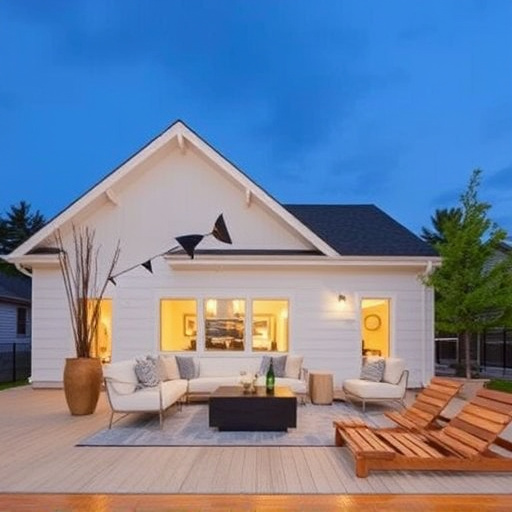
When designing your countertop, one common mistake to avoid is material mismatches. While it might seem appealing to mix and match different materials for a unique look, this can often result in an uneven and unharmonious design. Countertops are a significant feature in any kitchen or bathroom, and using complementary materials ensures a cohesive aesthetic. For example, if you choose granite for your countertop, stick to granite or marble for adjacent surfaces to maintain a uniform appearance. This approach creates a harmonious flow throughout the space, making your interior design more elegant and put-together.
To achieve a successful countertop design, consider the overall style of your space. If you’re undergoing whole house remodels, it’s essential to maintain material consistency to foster a sense of connection between different rooms. Avoid using materials that clash, especially in high-traffic areas like kitchens, where floor replacements might be frequent due to wear and tear. Interior painting can complement these choices by bringing in neutral color palettes or accenting with complementary hues, ensuring every element in your countertop design works together seamlessly.
Don't Overlook Functionality: Ensure Adequate Space and Ease of Use
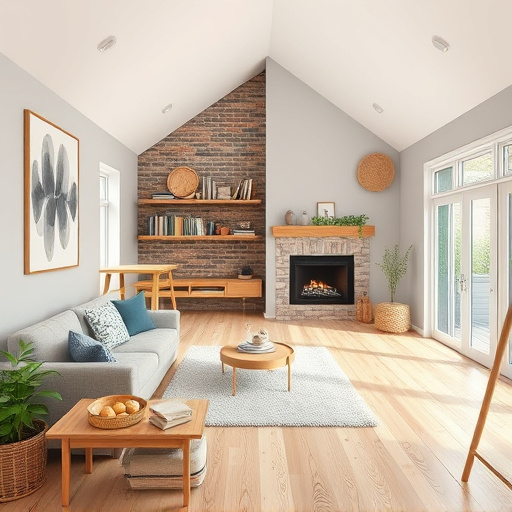
When exploring countertop design for your first home renovation project, it’s easy to get caught up in aesthetics and visual appeal. However, don’t overlook functionality—a key aspect that defines a well-designed space. Countertops serve as work surfaces, so ensure there’s adequate space for food preparation, cleaning, and meal service. Consider the number of people in your household and how you like to use the kitchen when planning your countertop layout.
In residential renovations, especially bathroom remodels, countertops play a significant role in creating a functional and inviting space. Choose materials that are easy to maintain and clean, considering traffic flow and the placement of appliances and storage. A thoughtful blend of style and practicality will ensure your countertops enhance your home’s overall aesthetic while remaining useful and efficient for years to come.
Spacing and Proximity: Balance Aesthetics with Practicality for Longevity
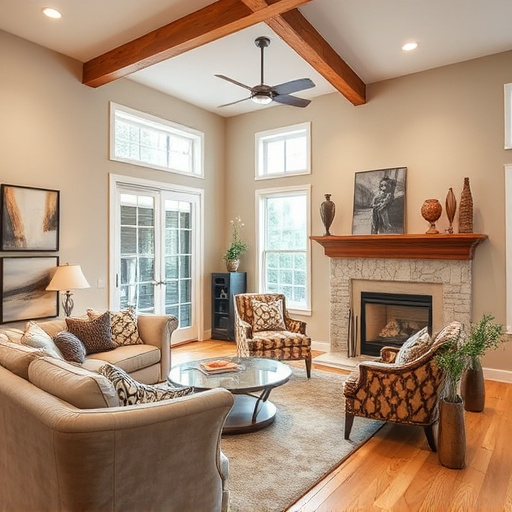
When designing your countertop, it’s essential to consider both aesthetics and practicality for a space that will be in use for years to come. One common mistake first-time buyers make is focusing solely on visual appeal without thinking about how the layout impacts functionality. For instance, placing too many objects or appliances close together can create clutter and hinder access, making everyday tasks less efficient. Countertop design should balance form and function; ensure there’s adequate space between different elements to maintain a clear and uncluttered workflow.
A well-planned countertop layout accounts for the various activities that will occur on it. Consider the proximity of stove tops, sinks, and prep areas to ensure smooth movement when cooking or cleaning. Customized work can be beneficial here, allowing you to design specific zones tailored to different tasks—a dedicated space for slicing and dicing, a separate area for baking, or extra counter for food preparation during parties. Such thoughtful planning, often offered by home improvement services, ensures your countertop becomes the functional heart of your home, enhancing both its beauty and longevity.
When designing your first countertop, avoid common pitfalls by focusing on material harmony, functional practicality, and a balanced blend of aesthetics and usability. Remember that a well-planned countertop enhances both the look and feel of your space, serving as a focal point for years to come. By considering these essential aspects, you’ll create a stunning and durable countertop that seamlessly fits your lifestyle and design preferences.






